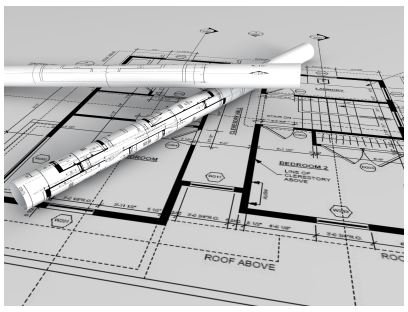
The tool allows dividing construction projects into work zones, obtaining a fully automated quantity takeoff, and offers a color-coded 4D construction simulation for the short-term planning process of the LPS. The prototype tool is mainly aimed to be used as a construction management tool during the construction phase. By capitalizing on the synergies between Lean Construction and BIM, this study proposes a construction management tool that combines the LPS with the 3D visualization of construction projects to improve productivity and reduce construction waste.

The Last Planner System of Production Control-a production planning system designed to produce a more reliable project plan-and the principle of promoting continuous improvement are introduced. Many studies have shown the advantages of the Last Planner System (LPS), yet its integration with BIM technology has not been fully exploited. Although Lean Construction and BIM are approaches with quite different initiatives, both have a profound impact on the industry. When coupling these with Lean principles, there is the potential to improve the productivity and efficiency of construction projects. Currently, the AEC industry is undergoing major changes, mostly driven by the implementation of Building Information Modeling (BIM), and the integration of new technologies.

However, when compared to other industries, its productivity, over recent decades, has been very low. The Architecture, Engineering & Construction (AEC) industry strongly affects the economy, the environment, and society as a whole. The originality of this paper stems from both adding a real life case study of BIM in FM and providing empirical evidence of both the value and challenges of BIM in FM applications. There is lack of real-life cases on BIM in FM especially for existing assets despite new constructions representing only 1-2 % of the total building stock in a typical year. The main challenges were the lack of methodologies that demonstrate the tangible benefits of BIM in FM, the limited knowledge of implementation requirement including BIM for FM modelling requirements, the interoperability between BIM and FM technologies, the presence of disparate operational systems managing the same building and finally, the shortage of BIM skills in the FM industry.
#REQUIREMENTS MANAGER TECHNOLOGY SERVICE CORPORATION MANUAL#
The results demonstrated that BIM value in FM stems from improvement to current manual processes of information handover improvement to the accuracy of FM data, improvement to the accessibility of FM data and efficiency increase in work order execution. Due to the lack of case studies identified in the literature review, and to provide empirical evidence of the value and challenges of BIM in FM, a case study of Northumbria University’s city campus, is used to empirically explore the value and challenges of BIM in FM. The literature is utilised to identify the application areas, value and challenges of BIM in FM. Two inter-related research methods are utilised.


Using this proposition as a starting point, this research aims to investigate the value of BIM and the challenges affecting its adoption in FM applications. Building Information Modelling (BIM) in Facilities Management (FM) applications is an emerging area of research based on the theoretical proposition that BIM information, generated and captured during the lifecycle of a facility, can improve its management.


 0 kommentar(er)
0 kommentar(er)
